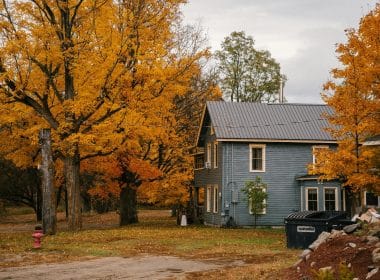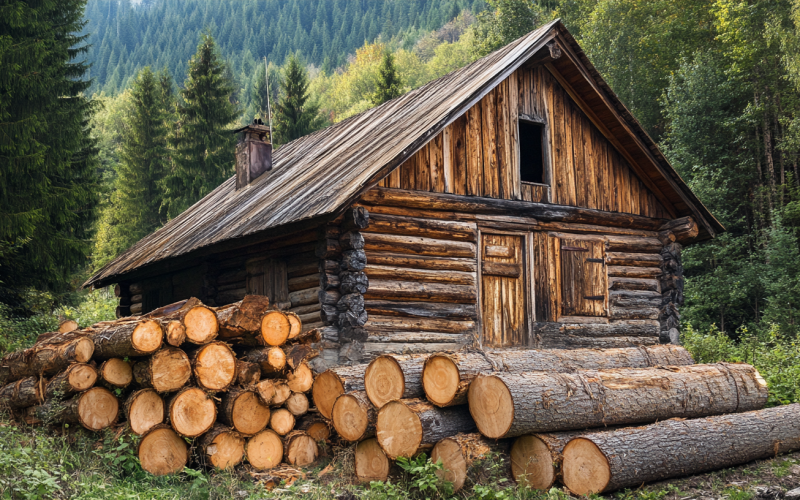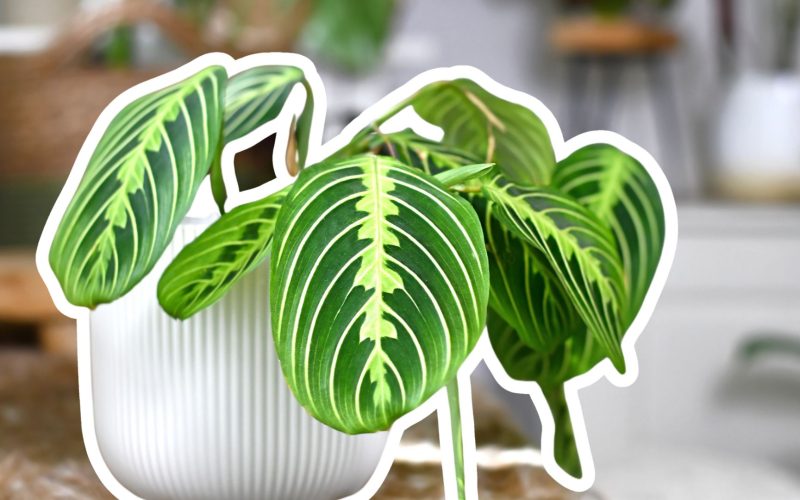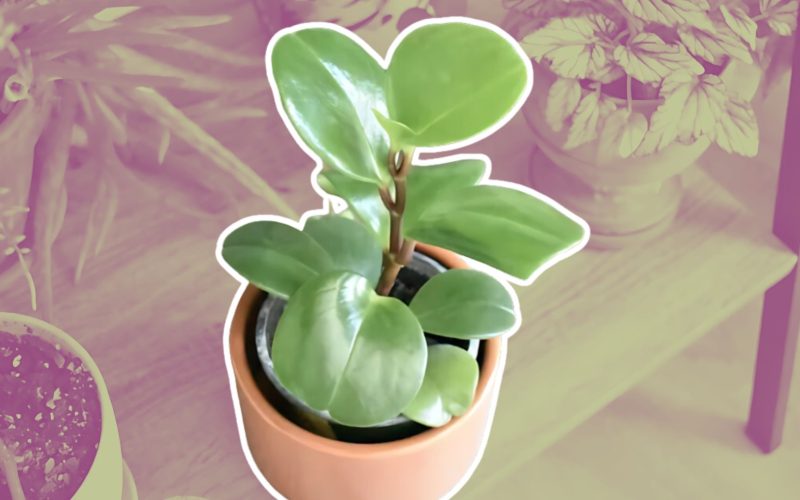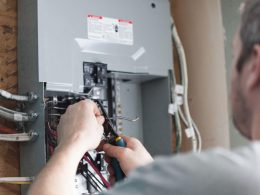If you own a log cabin, being aware of the signs of log rot is important for keeping your cabin strong and intact for years to come. Log rot occurs when moisture gets trapped between logs, causing the wood to decay.
Left untreated, it can severely compromise the structural integrity of your logs. Here are some signs that your cabin may be developing log rot and need repairs:
Sagging Walls and Roof
One of the most obvious signs of log rot is if you notice any sagging in your cabin’s walls or roof line. As the wood decays it loses strength, so areas with log rot will start to sag under their own weight or even pull away from adjoining logs.
Pay close attention to areas that get a lot of moisture exposure, like dormers and bay windows.
Spongy or Cracked Wood
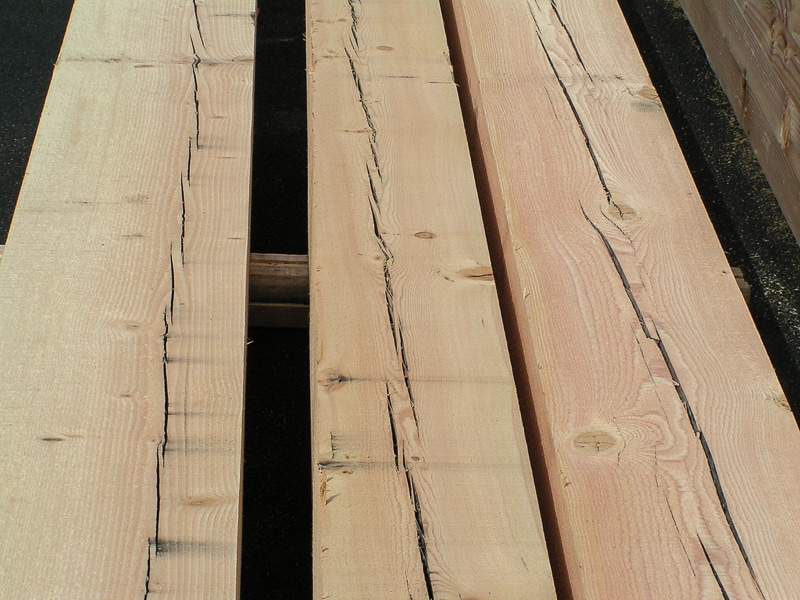
Tap on your cabin’s logs, especially down low where moisture collection happens. If you hear a dull thud instead of a solid thwack, you may have an area of rot developing.
Visually inspect the logs as well. Cracked, soft or spongy spots indicate decay. Flaking or missing bark may reveal very punky wood underneath.
Peeling Chinking
Chinking is the material between the logs that helps seal out moisture. As logs shift and deteriorate, the chinking can get compromised and start peeling or falling out. Draftiness, moisture entry and even pest infiltration can accelerate once the chinking fails.
Pest Infestation
Carpenter ants, termites and wood boring beetles are attracted to moist, decaying wood. If you notice larger than normal populations of these insects around your cabin’s exterior, it may be an indication of log rot. Their tunneling will further damage and weaken wood.
Musty Smell
A strong musty or earthy smell around your cabin’s exterior walls can signify fungal growth and rot happening within the logs. Trust your nose if you pick up this odd organic smell. The fungi that cause rot give off a distinct odor.
Stains and Mold on Exterior
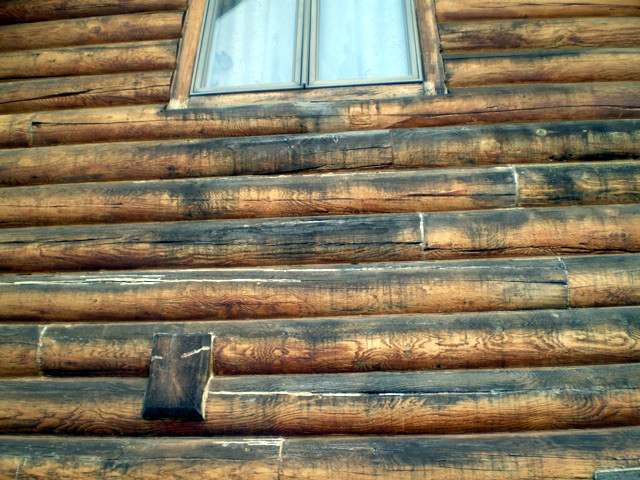
Discoloration, streaking and mold growth on your cabin’s exterior are other visual signs of excessive moisture and potential rot issues. Dark stains indicate logs staying wet too long. Green or black mold signifies fungal growth. Both point to excess moisture exposure.
Steps to Take
If you suspect log rot in your cabin, take these steps:
- Consult a log home restoration company, such as Log Masters Restorations, for an inspection, diagnosis and repair recommendations. Proper repairs are critical.
- Improve drainage around the cabin perimeter to divert rainwater runoff. Slope soil away from the walls.
- Cut back vegetation and trees growing too close. Allow ample airflow and sun exposure.
- Consider applying a vapor-permeable sealer to protect log ends and restore water resistance.
With early intervention, log rot damage can often be arrested before it compromises the cabin’s entire structure. Being aware of the signs allows you to be proactive and take remedial action to preserve your beautiful log home for longevity. Regular inspections coupled with proper moisture control will help avoid log rot issues down the road.


